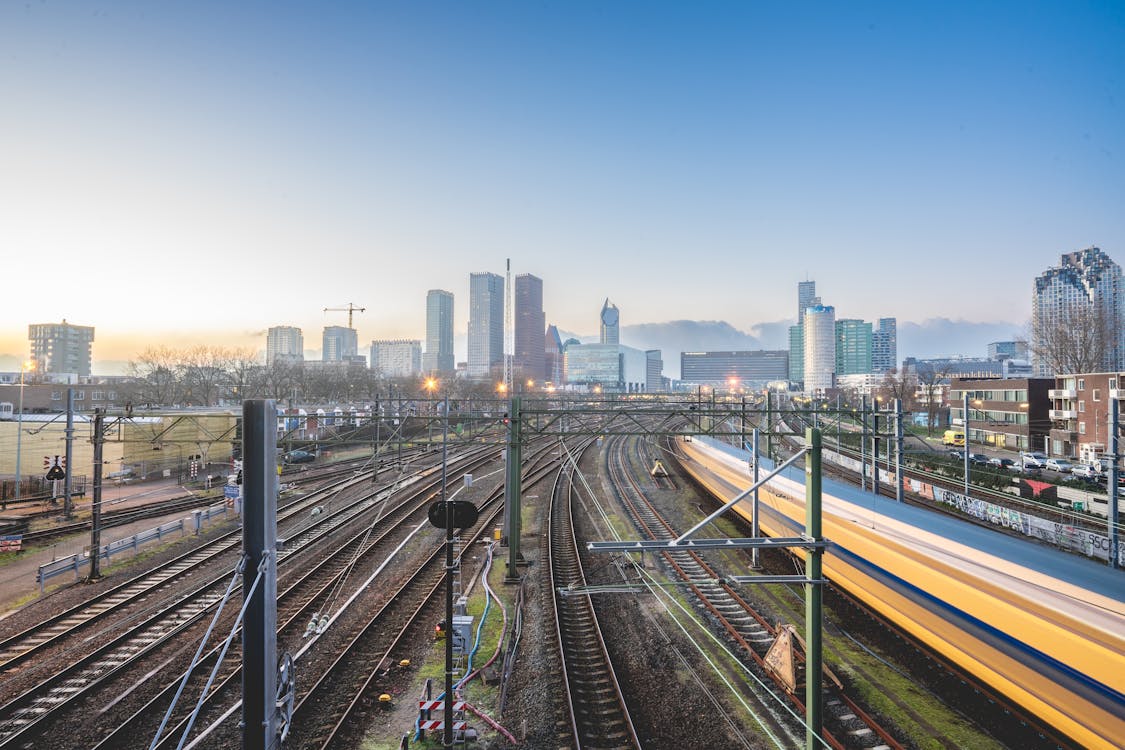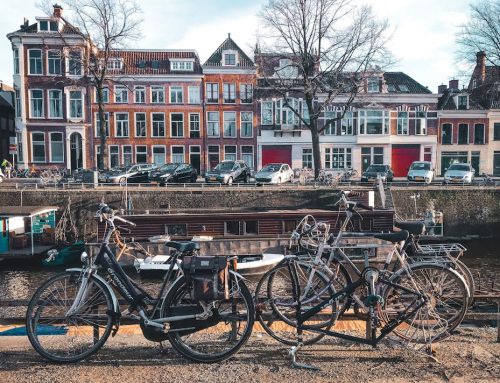The Netherlands is not a large country, but that does not mean that there are no destinations you would want to be at. Would you need to get a car to commute to work or to explore the country or to do your errands? In this blog we would like to explore the topic of whether a car is really needed in The Netherlands or would public transport be enough.
Should you own a car in The Netherlands?
Do you need a car to live comfortably in The Netherlands? The short answer is no, it is not necessary. Of course there can be many different factors that can affect your decision. For example it can be family situations, certain conditions or for example it can be the location where you live. If you live in a small village or any kind of rural area, far away from big cities, perhaps a car can be a quality-of-life addition, but then again, not mandatory, especially if you have a bicycle.
Residents of the larger cities prefer bicycles and public transport to reach their destinations. Reason is simple: it is just easier and faster that way. Narrow streets, expensive and limited parking, heavy traffic are the burdens of car owners in The Netherlands. If you notice how the rush hour is going during the morning where you live, you will see a lot of people on their bicycles going to school or work. It does, however, not mean that there are no car owners in The Netherlands, however you might notice that quite a few of them prefer to leave the car at home when commuting.
Why Dutch trains are great
You might have noticed that trains in the Netherlands are a popular source of transportation.Trains are the backbone of public transport in the Netherlands, offering a fast, reliable, and environmentally friendly way to travel across the country. Operated primarily by NS (Nederlandse Spoorwegen), the Dutch railway network is one of the most efficient in Europe, connecting major cities like Amsterdam, Rotterdam, Utrecht, and The Hague within an hour.
It is common for trains to have frequent departures, even between smaller towns. That is how the trains provide a seamless way for commuters, students, and tourists to get around without the hassle of traffic congestion or expensive parking fees. The OV-chipkaart, a contactless travel card, makes ticketing easy, allowing passengers to check in and out effortlessly across all public transport modes.
One of the key advantages of the Dutch train system is its integration with other forms of transport. Most stations have well-organized connections with buses, trams, and even bicycle parking facilities, making multimodal travel smooth and convenient. The Netherlands’ commitment to sustainability is reflected in its train system, with many routes running on 100% wind energy. High-speed international trains, like the Thalys and Eurostar, also make it easy to travel beyond the Netherlands to cities like Paris, Brussels, and London. Whether for daily commuting or exploring the scenic Dutch countryside, trains remain a vital and efficient part of the country’s public transport system.
Lastly, the combination of bicycle and train is a rather efficient combination for commuters. After using your bicycle to get to the train station you have an option to leave it at the station’s bicycle parking or even take it with you on the train. We advise you to read more about specific rules for transportation of bicycles on the train on the official NS website.
Ride the bus
But what do you do if the train does not seem like an option for your destination? In that case we can look at buses, which is also a common, yet efficient source of transportation in the Netherlands.
Just like trains, buses in the Netherlands are a vital part of the public transport network, especially in areas where trains and trams do not reach. They provide convenient connections between cities, towns, and rural areas, ensuring that even smaller villages have reliable transport options. With frequent schedules, modern vehicles, and dedicated bus lanes in many cities, buses offer an efficient way to travel.
Dutch buses are well-integrated with other forms of public transport, such as trains and metros. Many bus stops are located near train stations, making transfers easy. The OV-chipkaart, which we mentioned earlier is also relevant here. This is a nationwide travel card that allows passengers to seamlessly switch between different types of transport without needing separate tickets. Additionally, the country’s commitment to sustainability means that many buses are electric or run on biofuel, making them an environmentally friendly option.
How to easily plan your journey
In the Netherlands, several apps make it easy to plan your journey using public transport. The NS app is one of the most popular, providing real-time train schedules, platform information, and updates on delays. It also allows you to buy tickets and check your balance if you’re using an OV-chipkaart.
For those traveling by tram, metro, or bus, apps like 9292 and Google Maps offer complete route planning, including transfers between different transport types.
These apps are especially useful for tourists and commuters, as they provide live updates and alternative routes if there are disruptions. Many of them also show the cost of your journey and estimated travel times. With just a few taps on your phone, you can navigate the Dutch public transport system with ease!




Leave A Comment